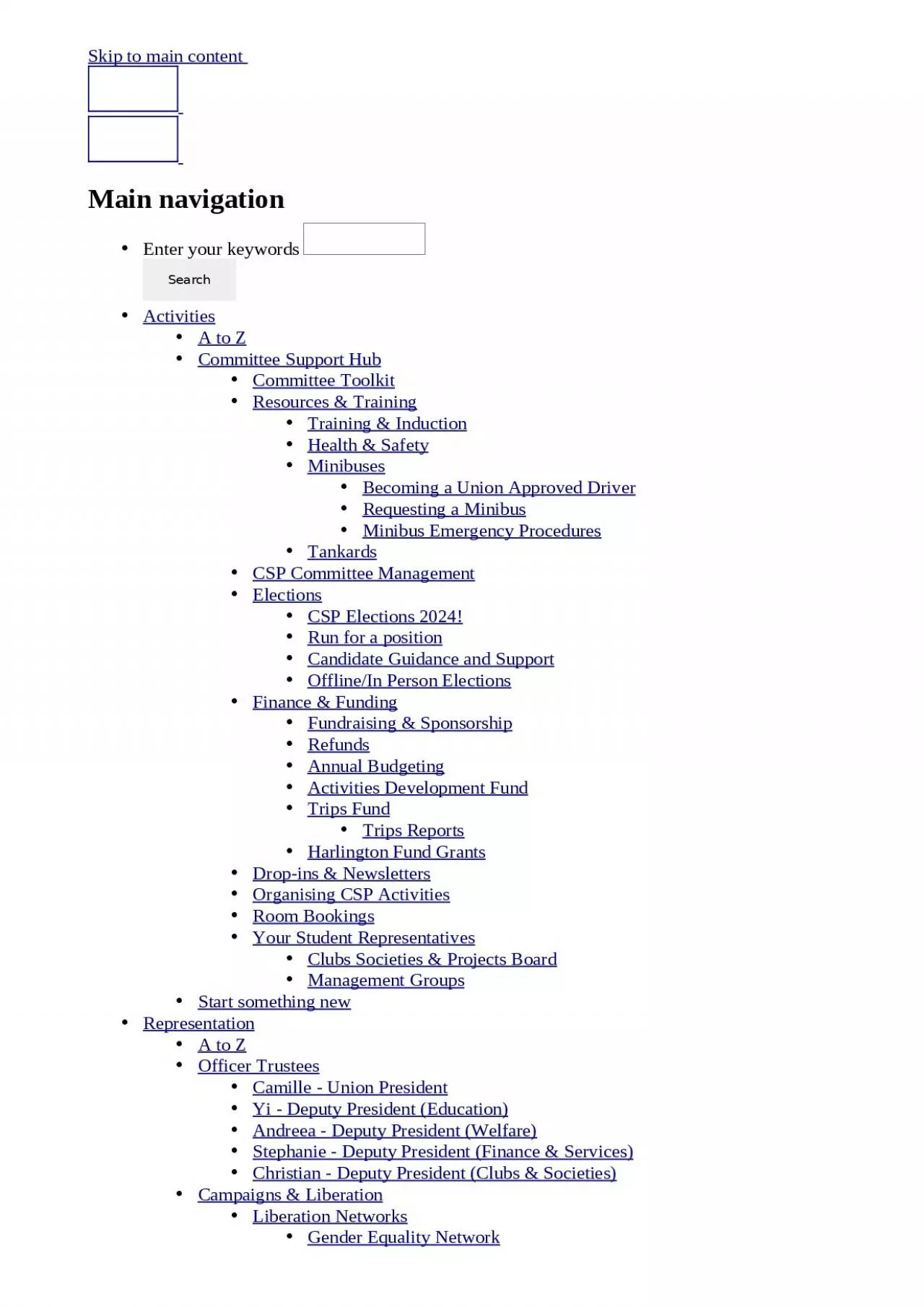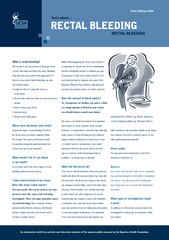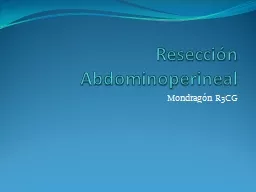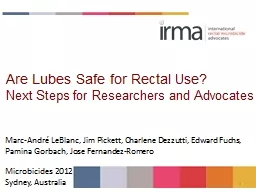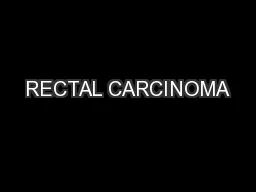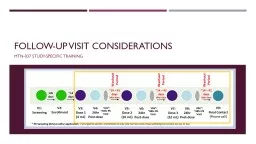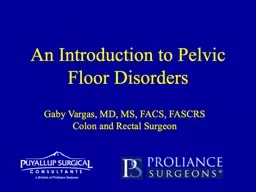PPT-Digital Rectal Exam Ailbe
Author : priscilla | Published Date : 2022-06-11
Third year advice Try and clerk as many patients as you can Practice on friends Be able to interpret ECGs CXRs and ABGs Be competent at taking blood doing cannulas
Presentation Embed Code
Download Presentation
Download Presentation The PPT/PDF document "Digital Rectal Exam Ailbe" is the property of its rightful owner. Permission is granted to download and print the materials on this website for personal, non-commercial use only, and to display it on your personal computer provided you do not modify the materials and that you retain all copyright notices contained in the materials. By downloading content from our website, you accept the terms of this agreement.
Digital Rectal Exam Ailbe: Transcript
Download Rules Of Document
"Digital Rectal Exam Ailbe"The content belongs to its owner. You may download and print it for personal use, without modification, and keep all copyright notices. By downloading, you agree to these terms.
Related Documents

